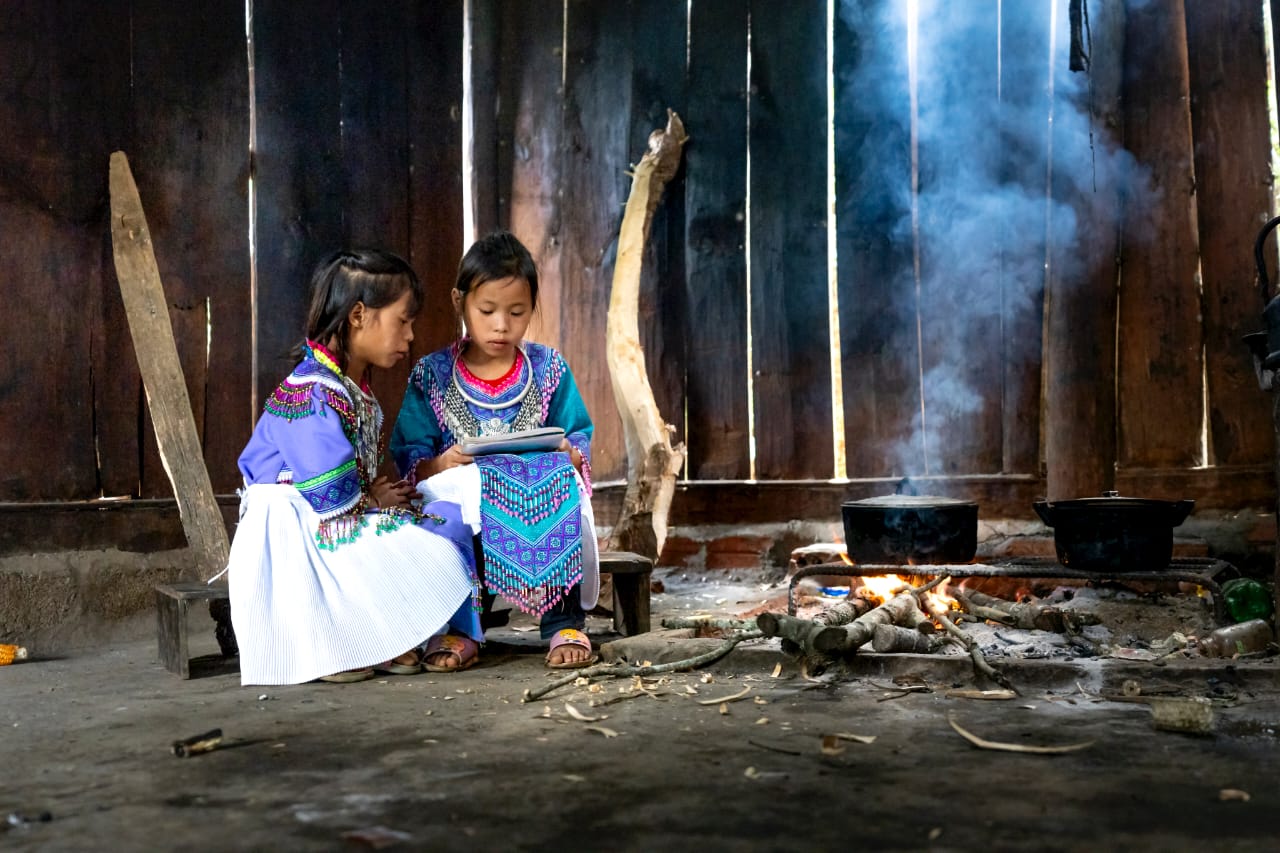NEWS
The Global Challenge of Clean Cookstoves: Why the World Must Unite

In remote villages of Kenya, smoke billows from traditional stoves, depicting a stark contrast as much of the world advances technologically. The clean cookstove challenge is at the center of this, tying together public health, environmental conservation, gender equality, and climate justice.
As we grapple with the urgent crisis of climate change, concerns arise not only from the melting glaciers but also from the kitchens of rural Africa, Asia, and South America. Alarmingly, nearly one-third of the global population remains without access to clean cooking technology. This leads to over a billion tonnes of carbon emissions each year, equivalent to the entire aviation industry, underscoring the gravity of the situation.
But handing out cleaner stoves isn’t a silver bullet. Abbas Mashoallah, CEO of Solaxy Group Corp., illuminated the depth of the challenge. “Our major hurdle in promoting clean cookstove projects isn’t just distribution, but encouraging sustained use. Education about the benefits of clean cookstoves is critical. We’re aiming to reshape perceptions, habits, and, ultimately, lives.”
Solaxy Group Corp.’s initiative to distribute 200,000 clean cookstoves in underserved Kenyan communities over the next two years is ambitious. Its success will depend on learning from and addressing issues encountered by previous similar endeavors.
Consider the concept of ‘stacking.’ This is where households accumulate various cookstoves, seeking the ideal one. Yet, if none prove satisfactory, they revert to their traditional methods. This highlights the need to understand and cater to local preferences and needs.
The Clean Cooking Alliance’s 2022 report emphasizes the importance of reducing firewood use, especially in areas with limited access to efficient stoves. Their insights reflect a broader challenge: it’s not merely about introducing a new stove, but ensuring these stoves are both efficient and culturally compatible.
It’s essential to remember that communities worldwide have relied on traditional stoves for generations. These practices are deeply rooted, intertwined with culture, taste, and tradition. Thus, the task extends beyond mere equipment replacement; it’s about evolving a centuries-old way of life.
Carbon finance offers promise, making projects more viable and allowing them to reach a broader scale. Yet, as the voluntary carbon market (VCM) seeks solutions for varied emissions sources, from deforestation to cooking inefficiencies, a united global effort is imperative. This isn’t the undertaking of a single entity, but a shared responsibility.
Governments are instrumental in this movement. Countries like India and Kenya have spurred the adoption of cleaner cooking through subsidies and pro-industry policies. Equally, the onus lies with businesses and investors. A study by FMO highlighted the importance of understanding local contexts, with the user in mind, and bridging market knowledge gaps.
With the looming shadow of climate change, the cookstove dilemma reflects broader environmental and social challenges. It’s a poignant reminder that our journey to sustainability encompasses not just grand infrastructure projects but also the heartbeats of homes worldwide.
At this pivotal moment, one thing is clear: global collaboration is essential, not only in grasping the nuances of the clean cookstove challenge but in executing collective, impactful actions. The narrative woven by the smoke from our stoves needs a revision. Let’s unite to script a cleaner, healthier future.
Harper Harrison is a reporter for The Hear UP. Harper got an internship at the NPR and worked as a reporter and producer. harper has also worked as a reporter for the Medium. Harper covers health and science for The Hear UP.










